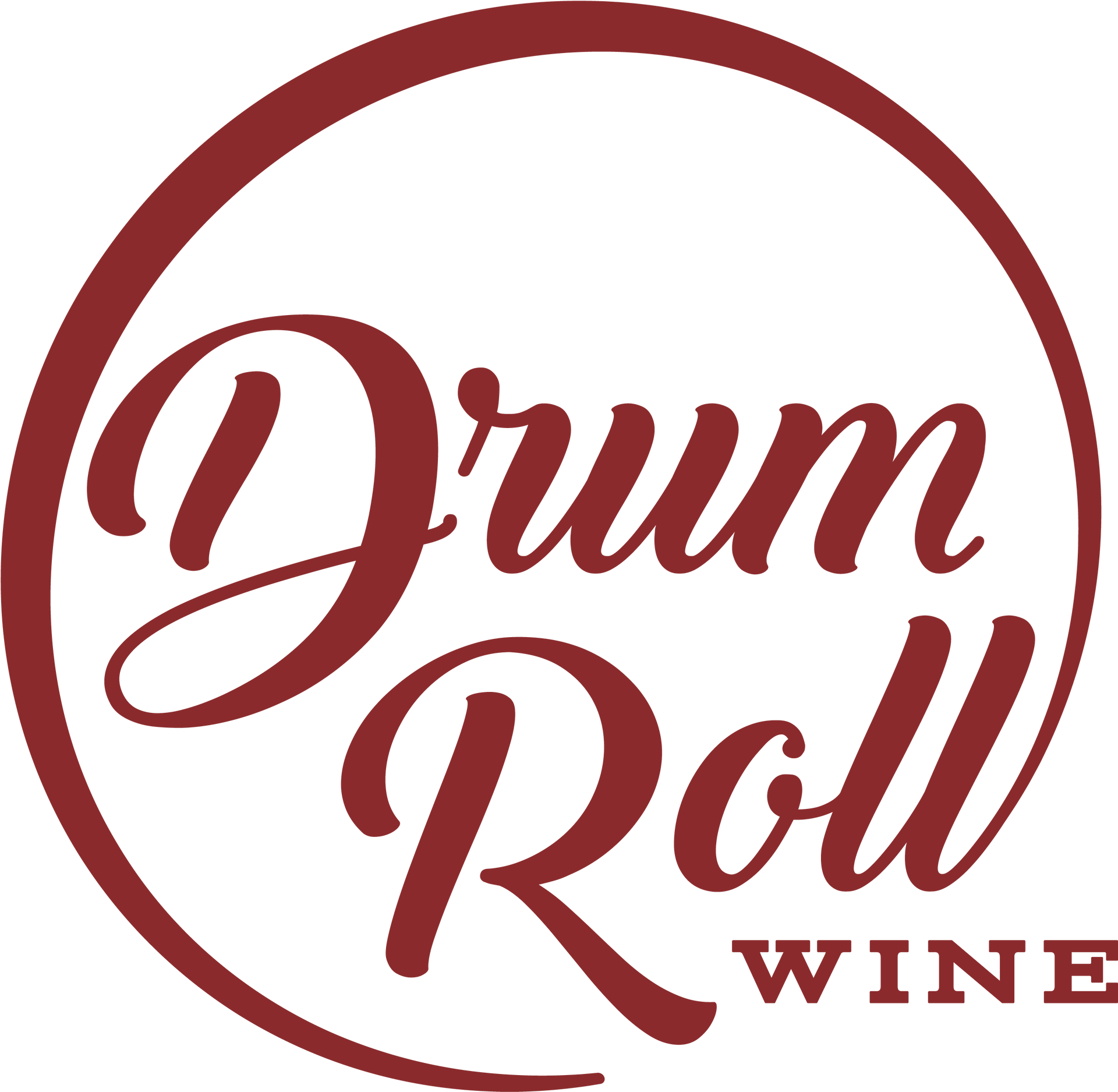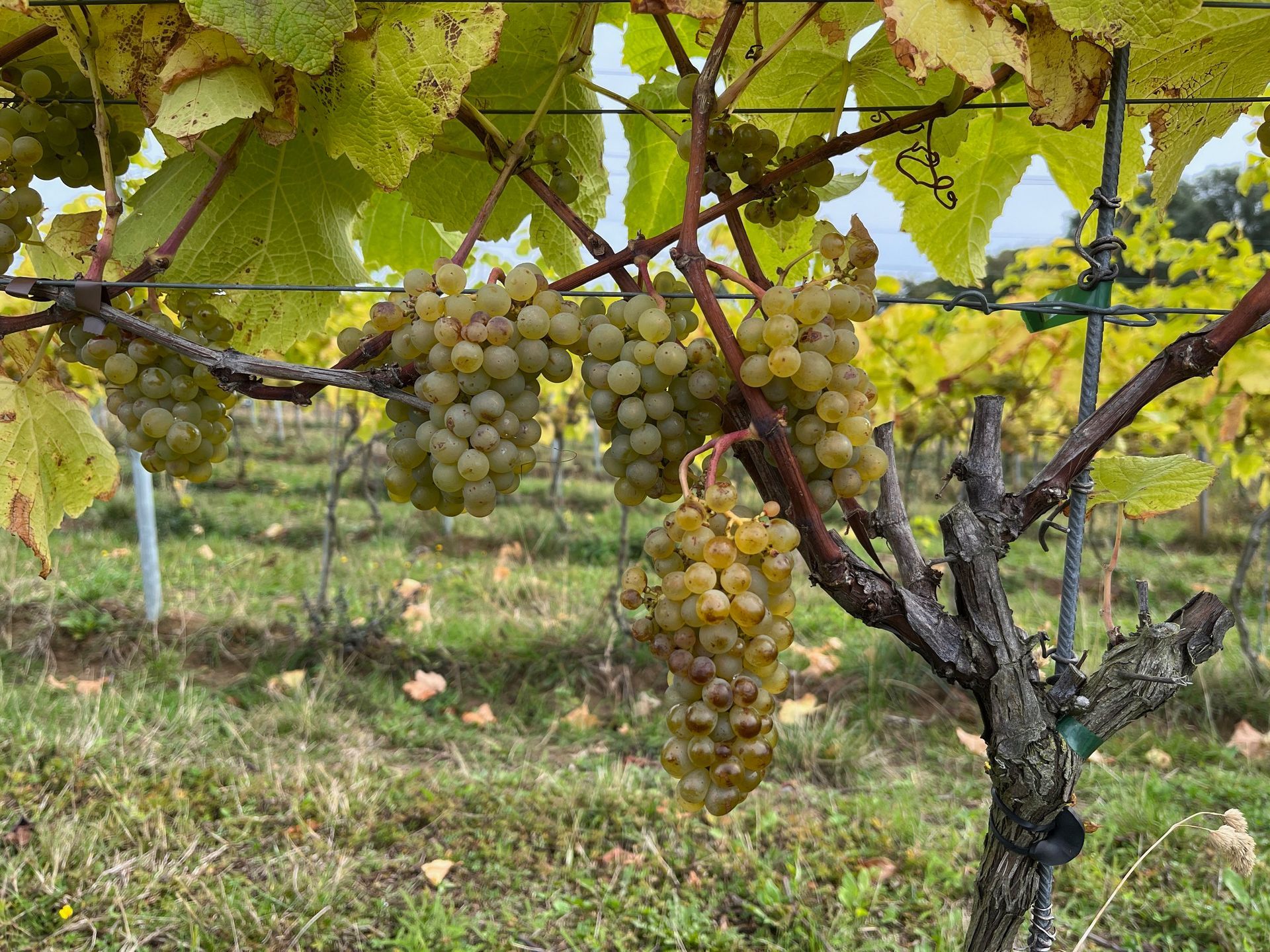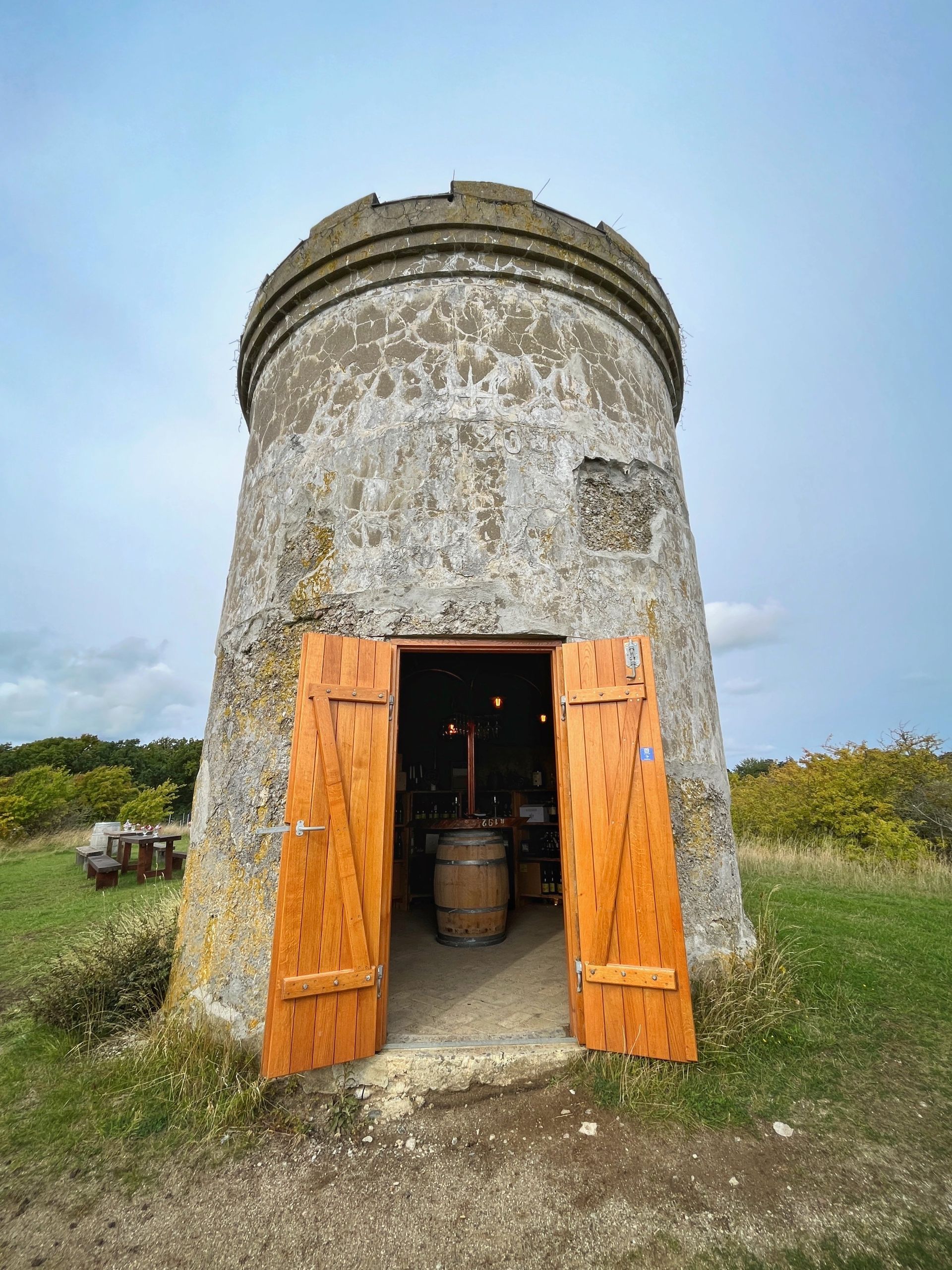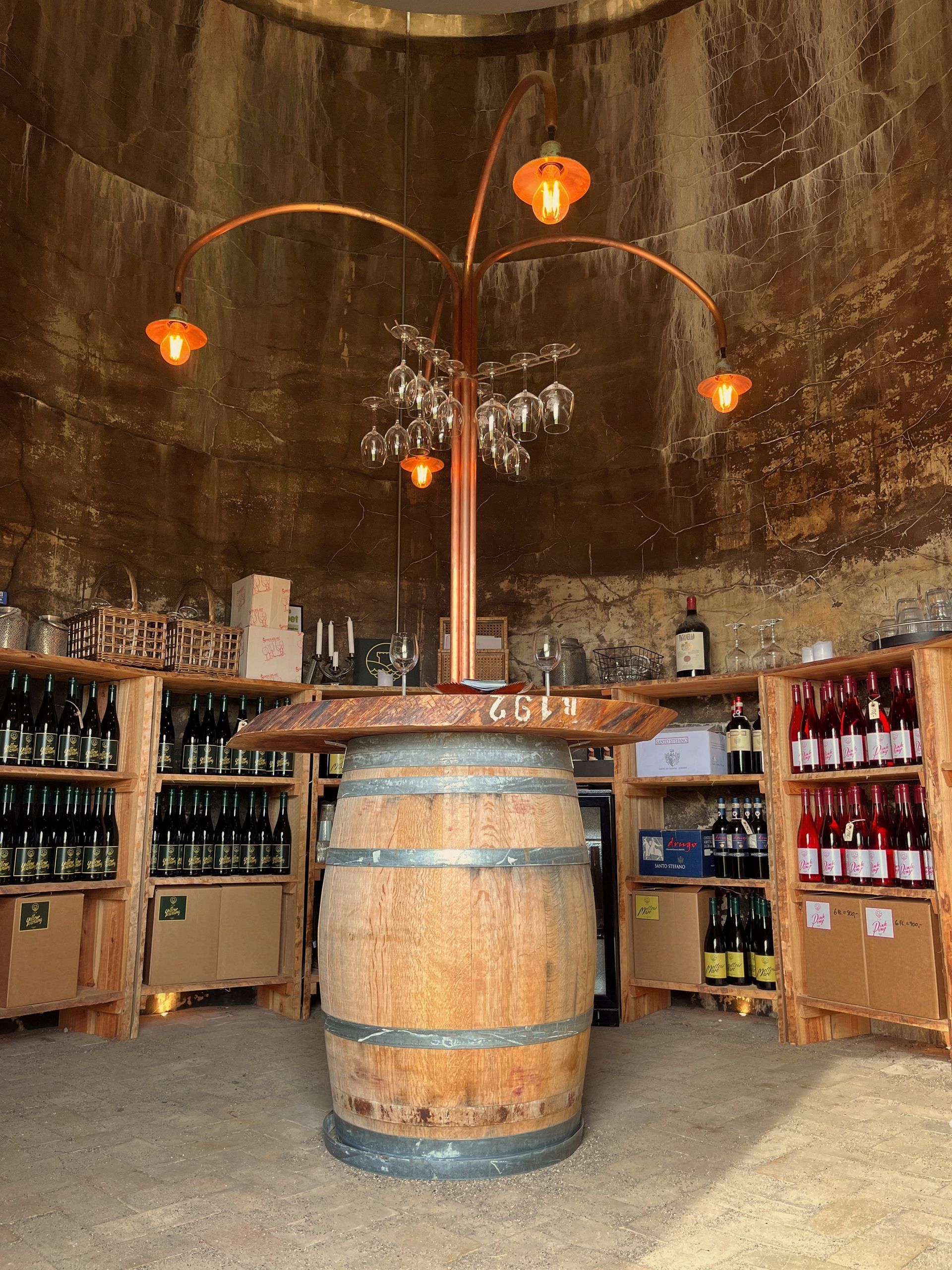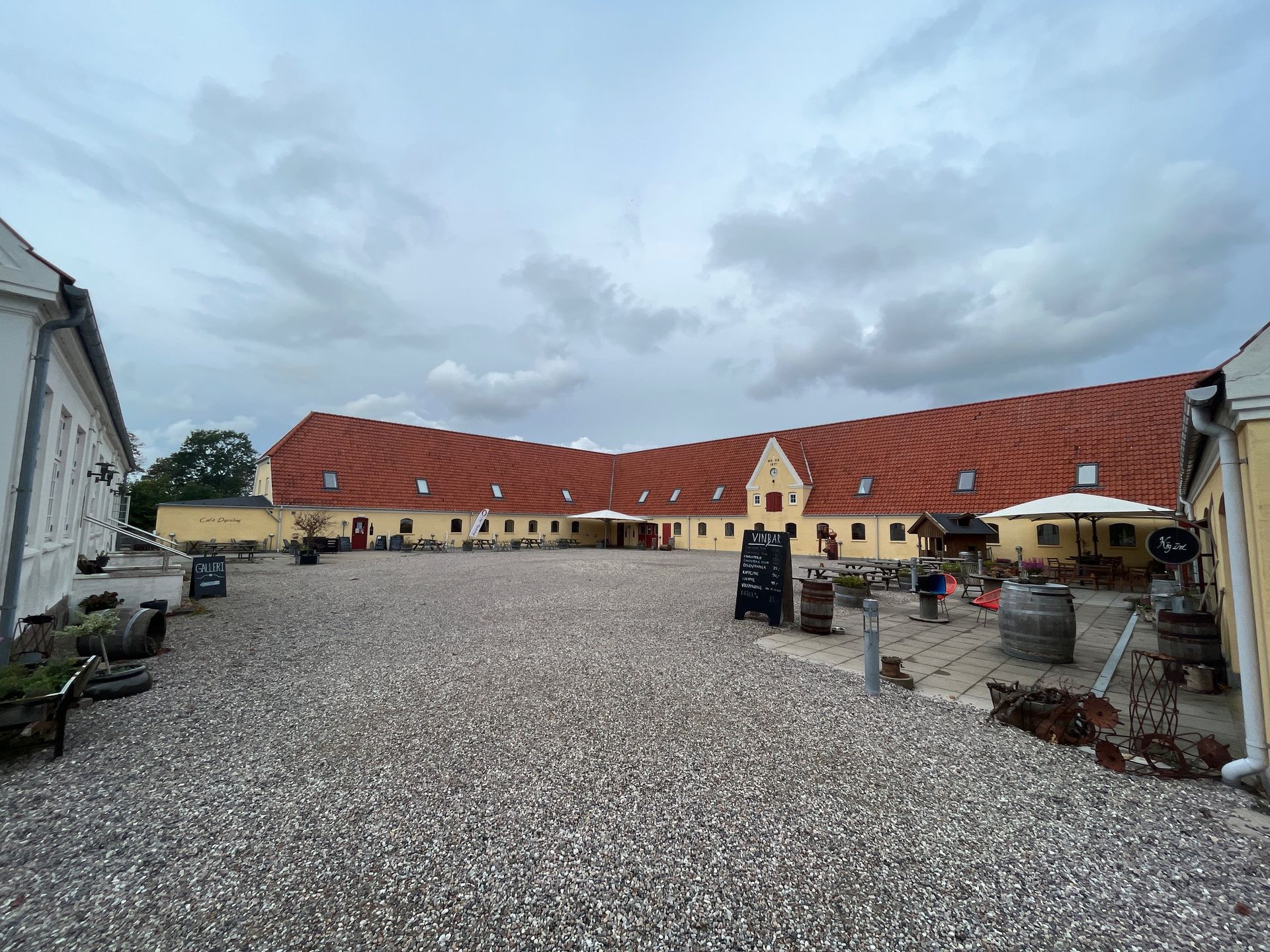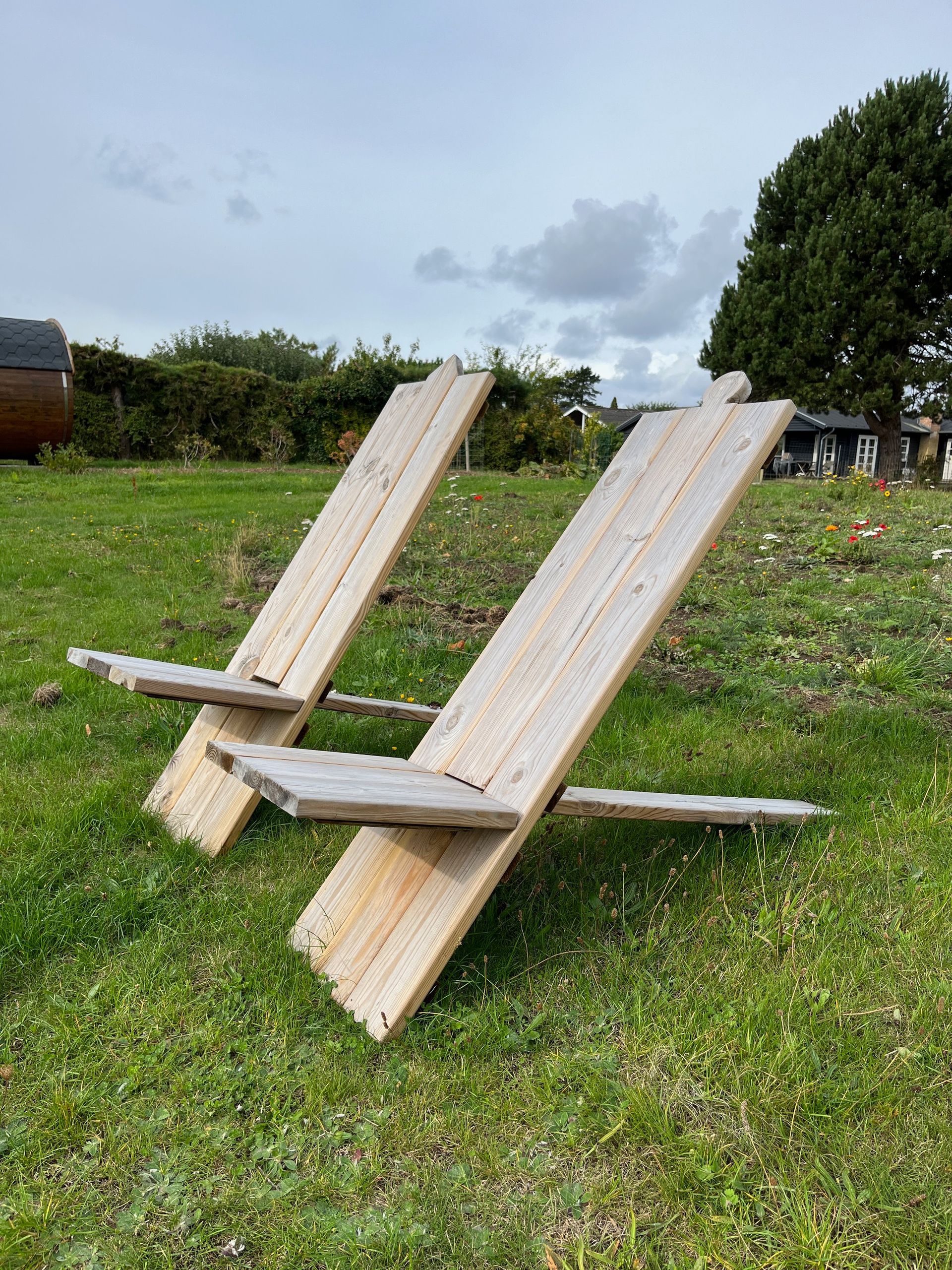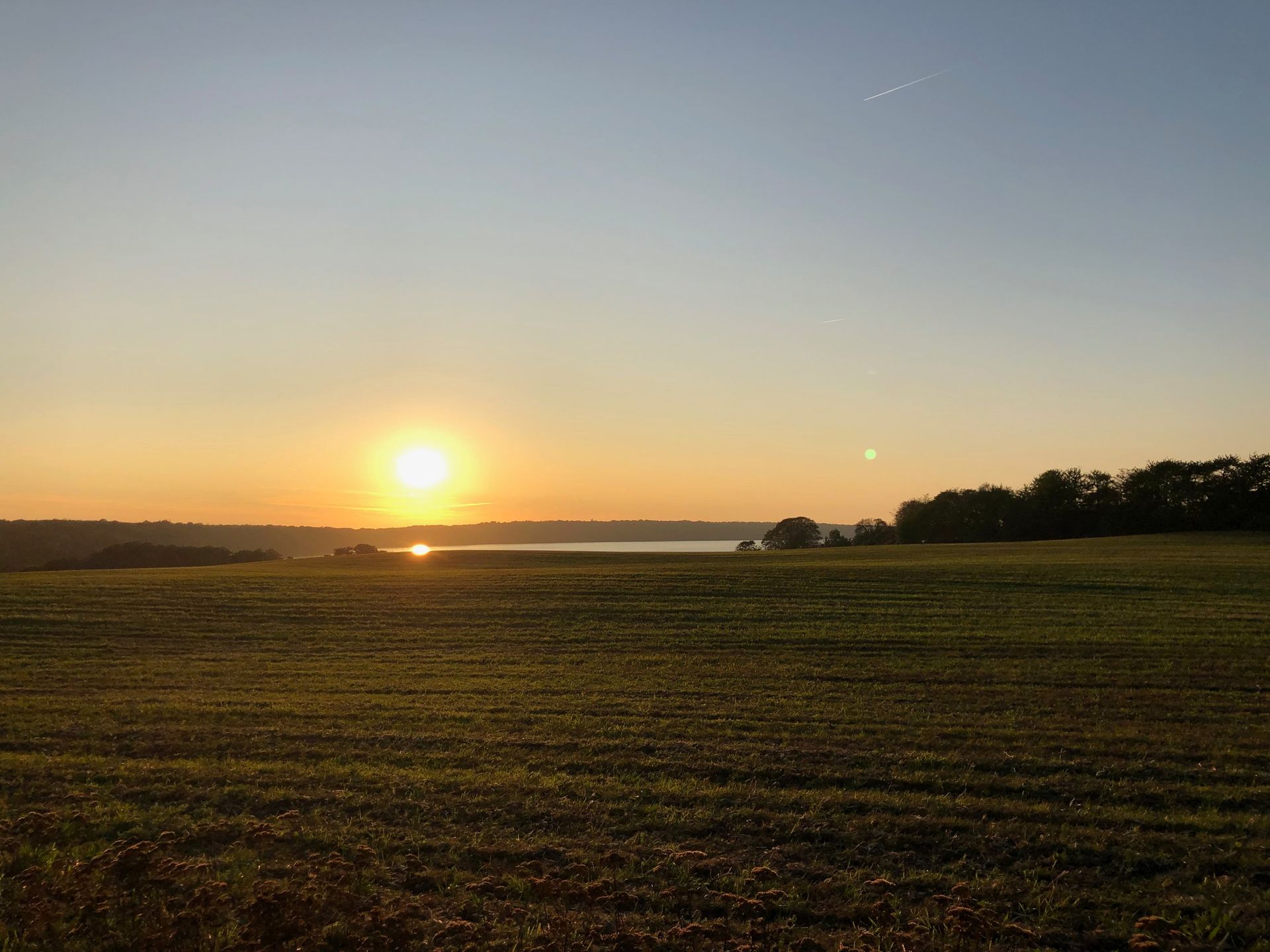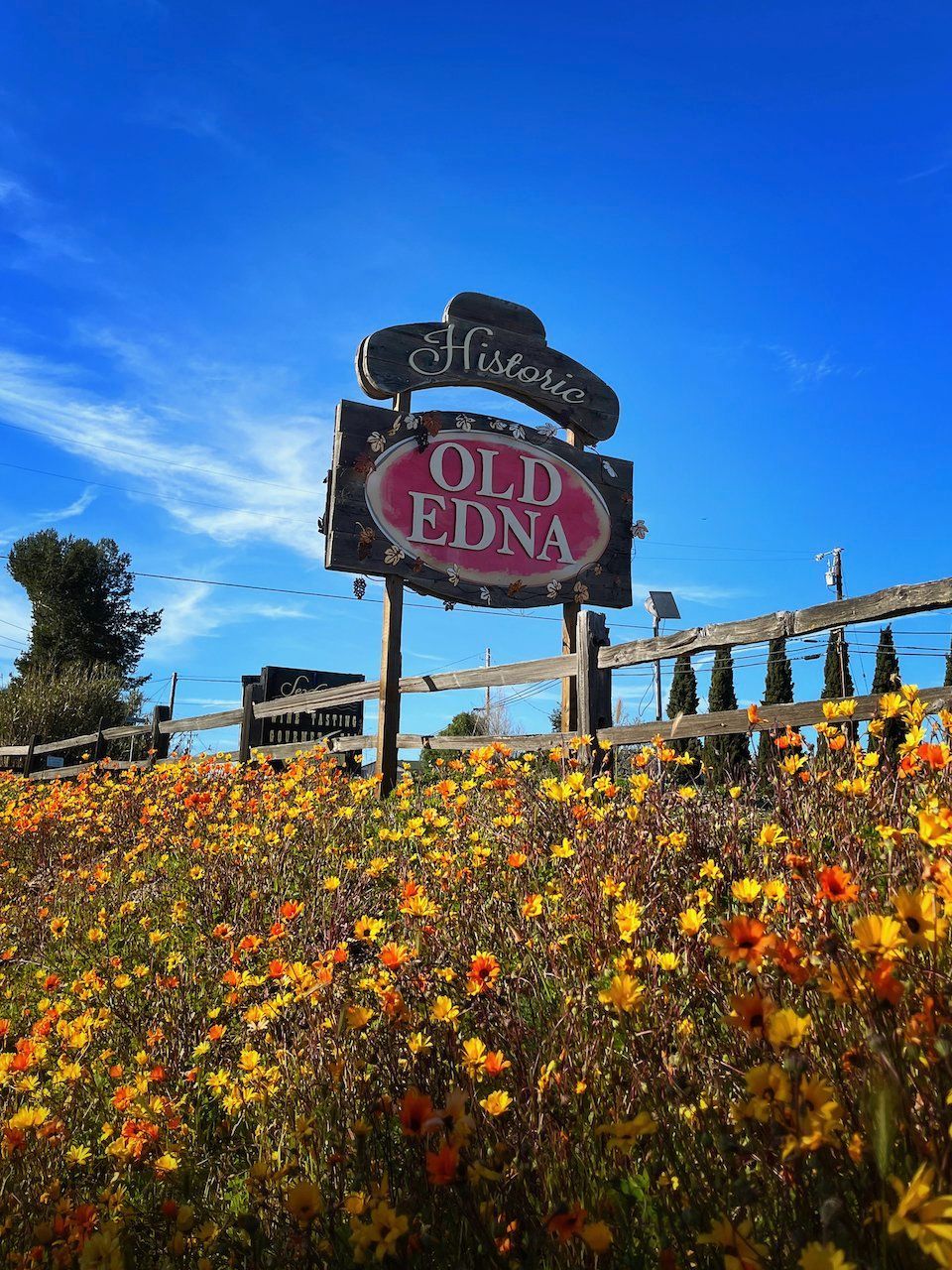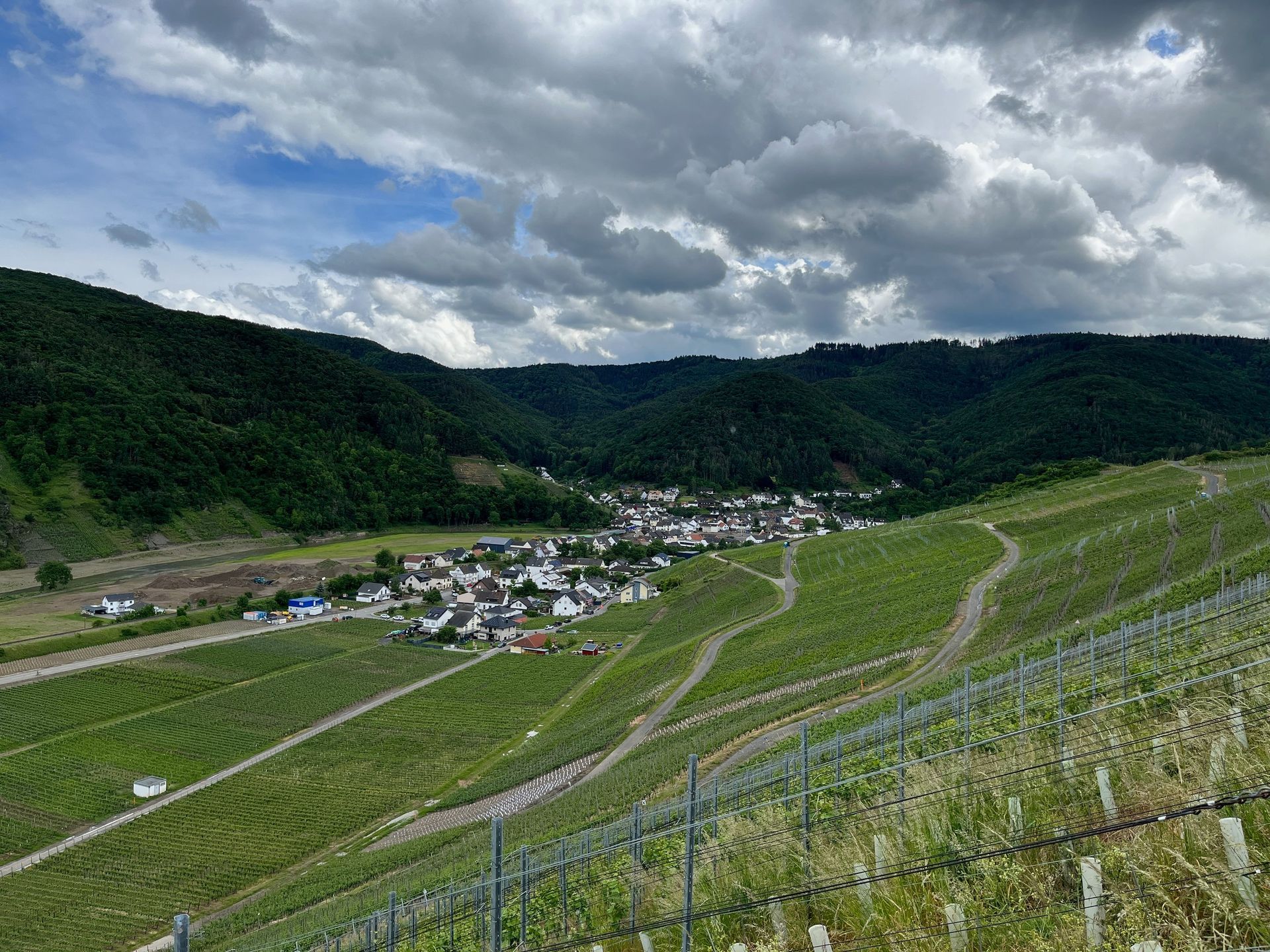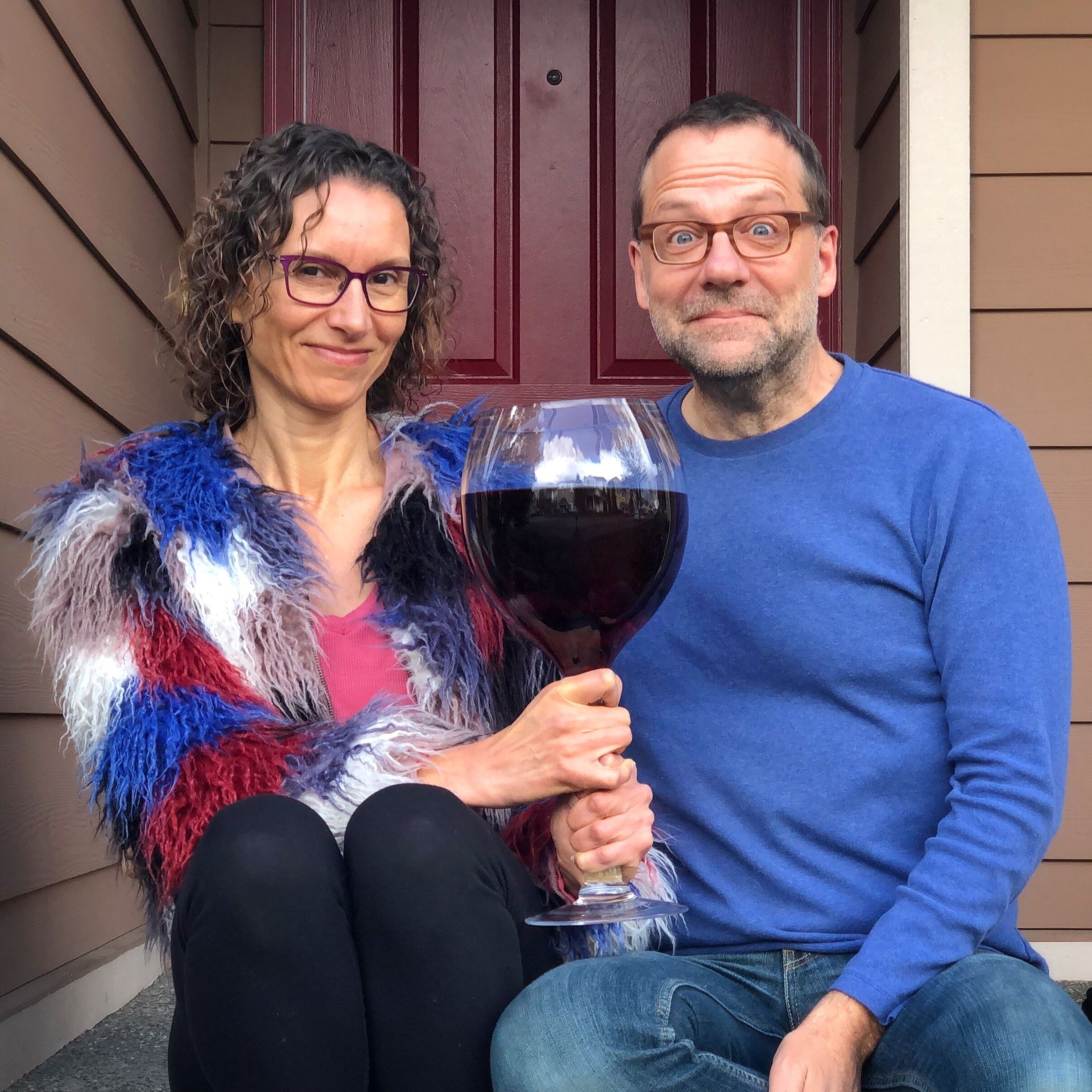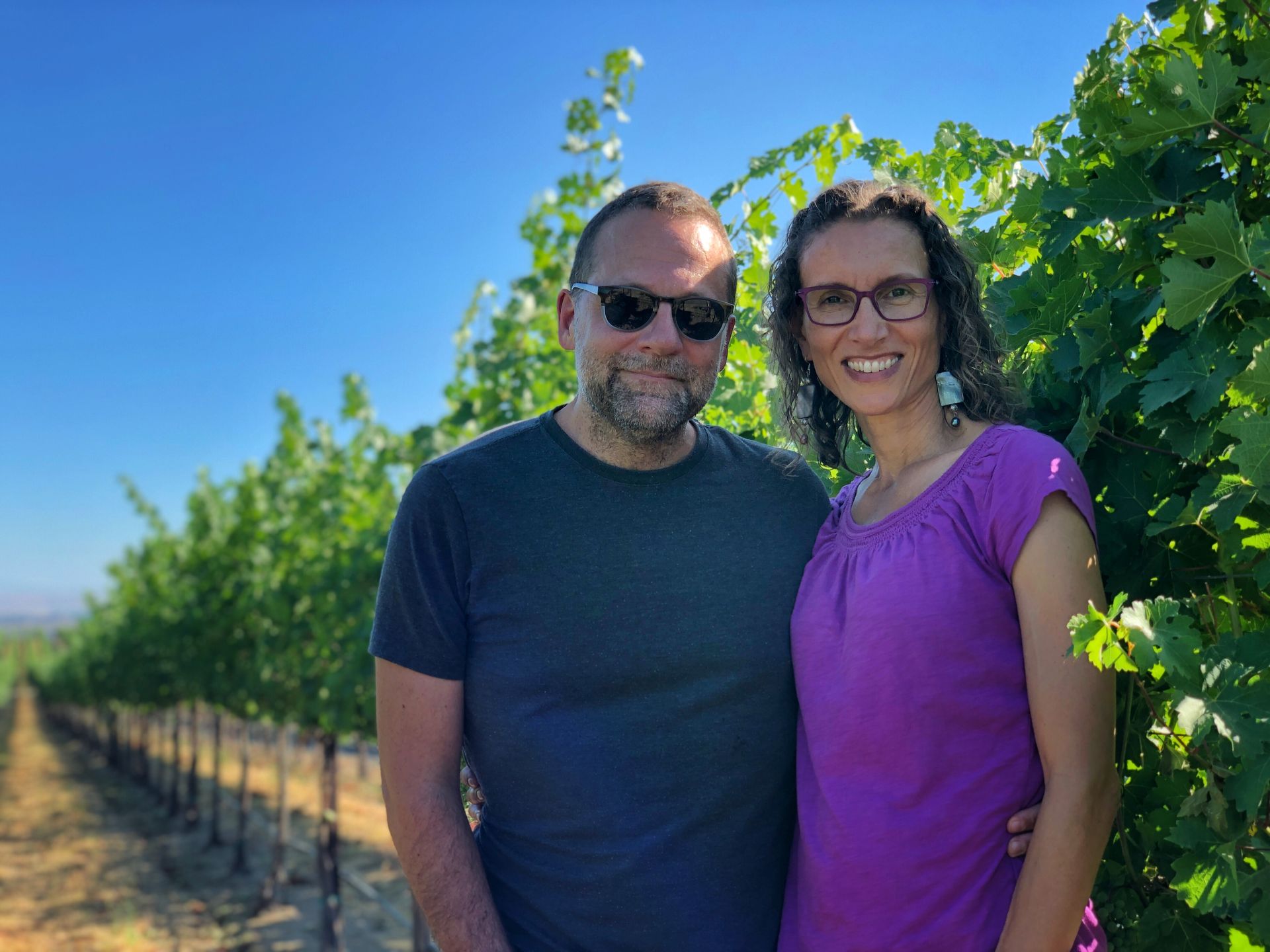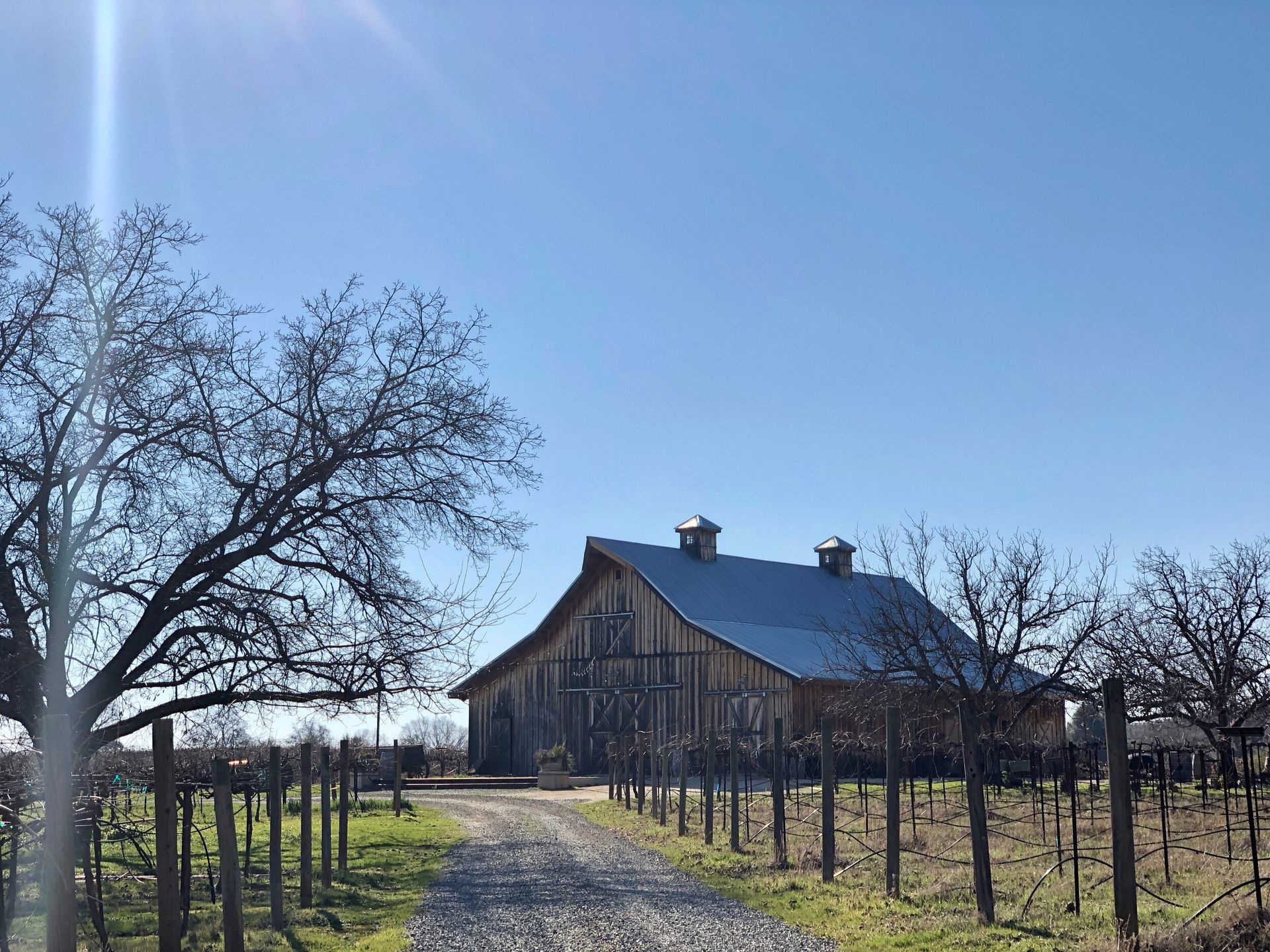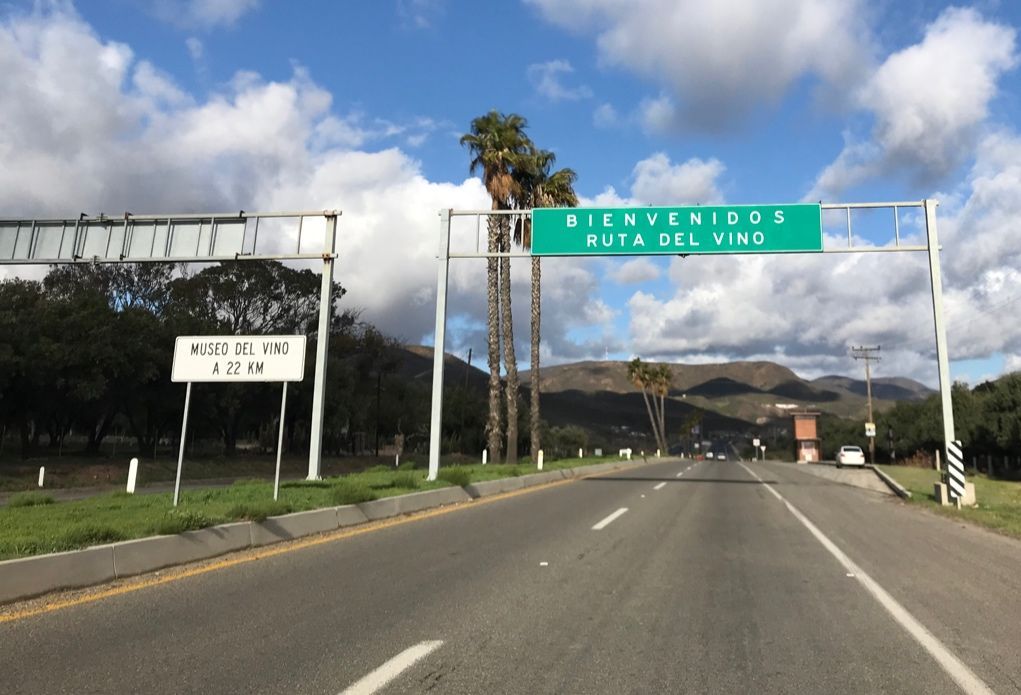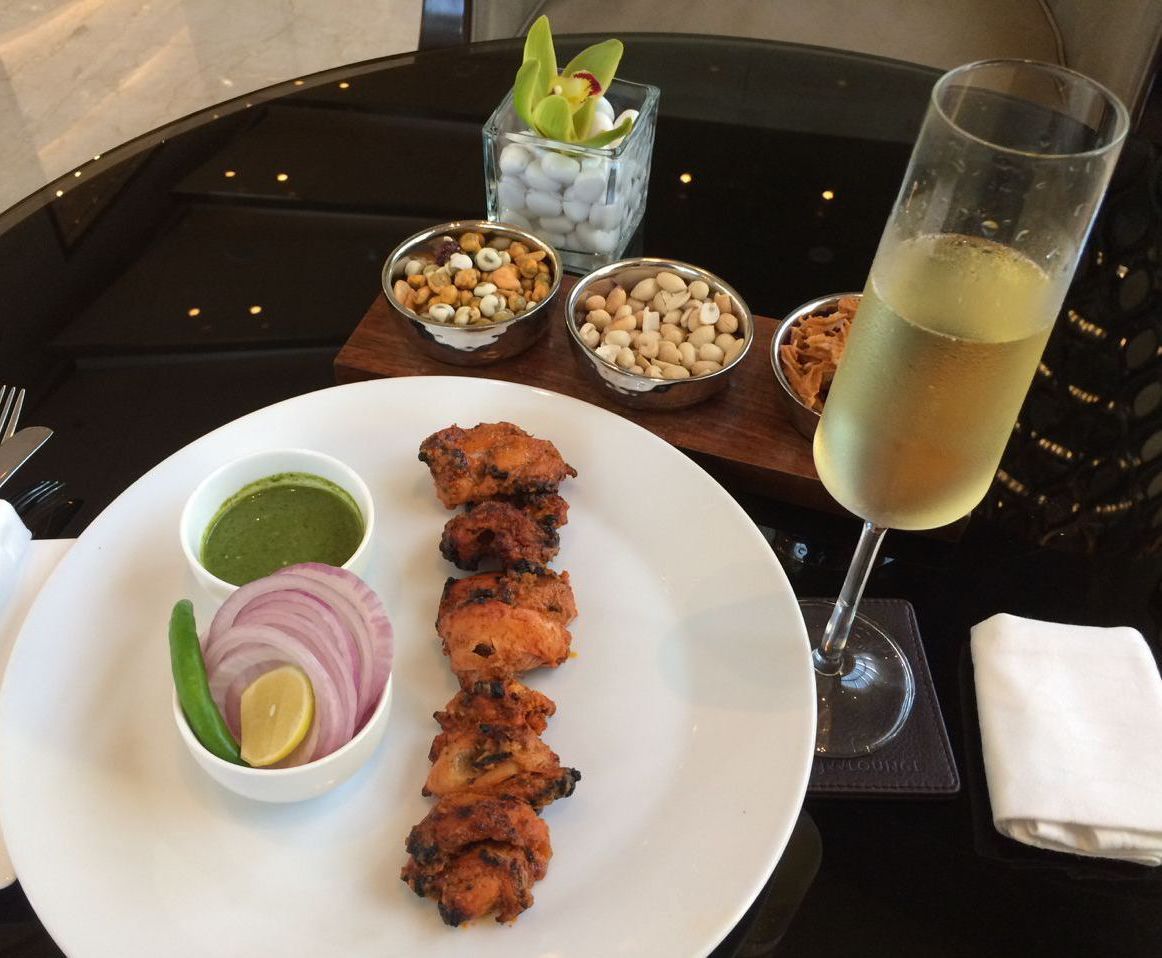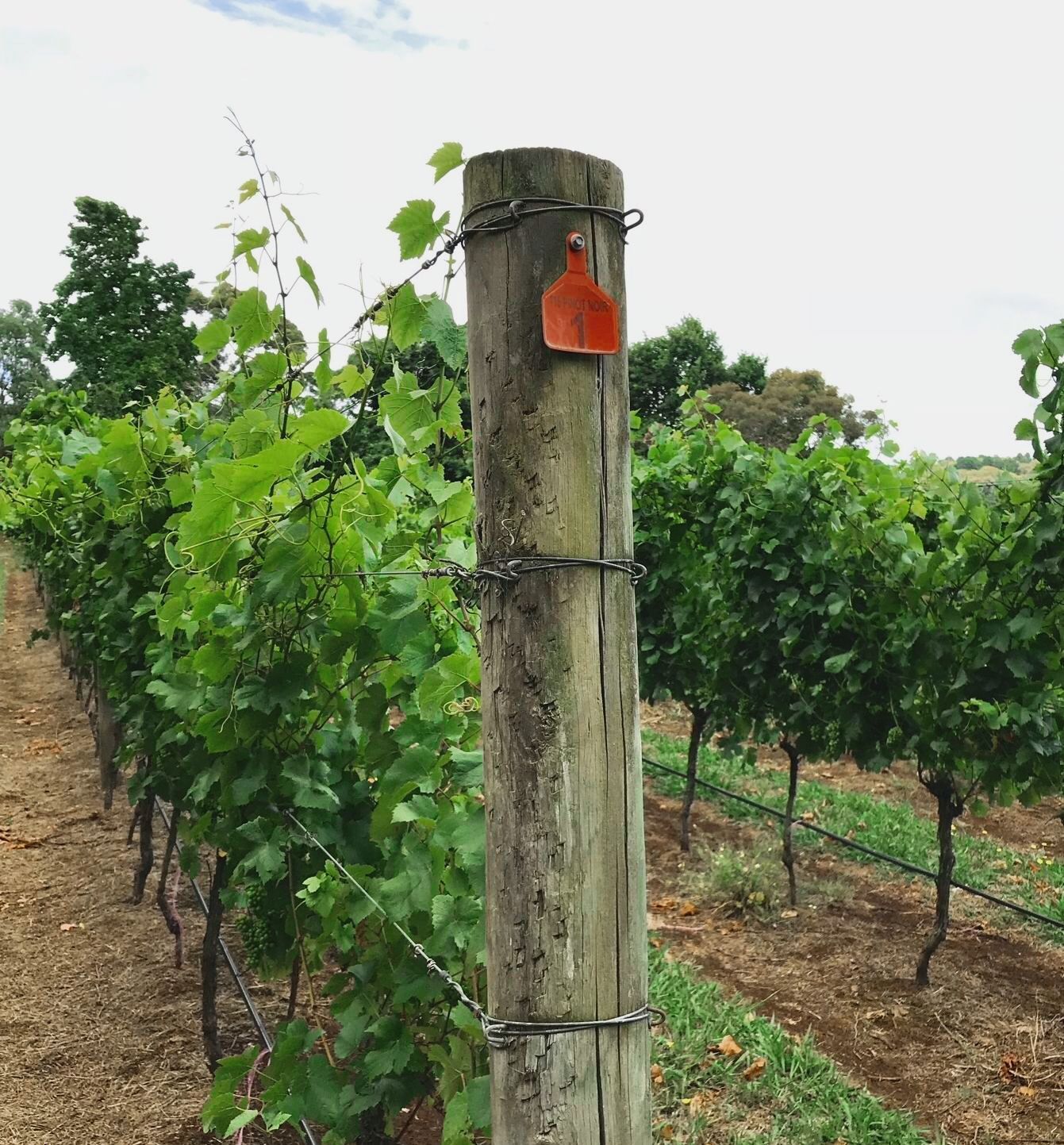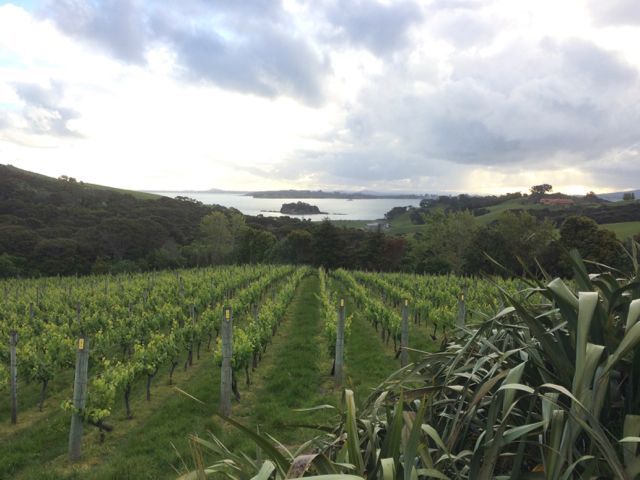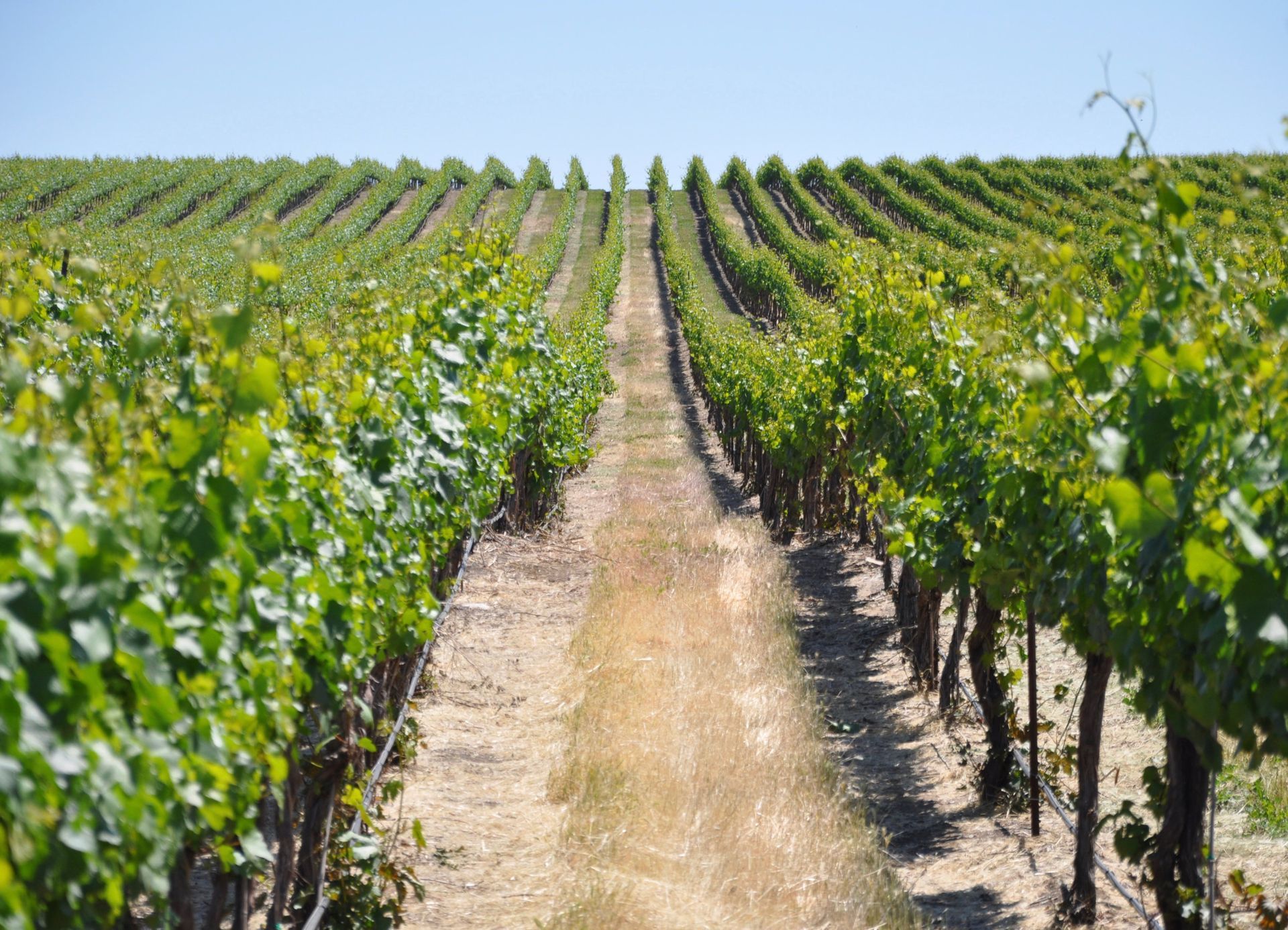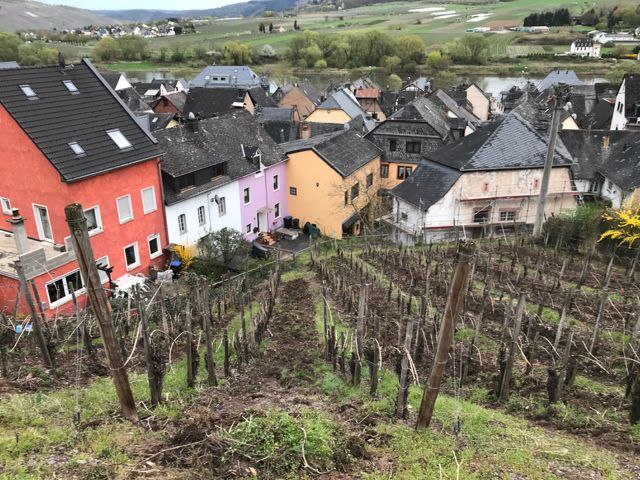A couple of years ago, I was driving through Nebraska for the first time. I noticed a highway sign for a local winery and decided to stop in. Wine not? The grape vines that can survive such frigid winters and humid summers do not produce the kinds of grapes to make what most would recognize as traditional wine (you know, cab sauv, pinot noir, chardonnay, etc…). Instead, the hardy vines in places like middle America produce grapes with wildly different characteristics and wines that generally do not compare as favorably to those from better-known wine regions. While the gracious among us might describe these unusual wines as “different,” most wine enthusiasts would simply pass.
Anyway, I found my mind shifting between two competing perspectives while tasting these exotic Nebraskan wines. On the one hand, I admired the tremendous amount of work and dedication required to make these wines–especially given the unique challenges of the local geography, climate, and culture. On the other hand, I sincerely wondered why a winemaker or wine lover in Nebraska wouldn’t rather just visit a local grocery for a $20 beauty from Bordeaux, Chianti, or the Napa Valley? Not to mention readily available, high-value selections from Washington and Oregon, of course!
A visit to the Røsnæs peninsula in Denmark brought back these questions. What kind of iconoclast invests a life’s work growing wine grapes and making wine in such inhospitable conditions? More importantly, how could these wines even be considered drinkable compared to the glut of excellent European wines from so many nearby wine countries with thousands of years of wine traditions? More than these questions, however, what actually brought me was the desire to understand how current and anticipated changes to global climate might impact how and where viticulture flourishes in the future. Having recently learned about next-generation hybrid grapes developed for growing quality wine grapes in challenging (but changing) climates, I wanted to see (and taste) the current state of affairs for myself.
As a little background, scientists have been developing grapes that are a cross of cold-hardy species (such as
Vitis riparia, native to North America) with common European wine grapes (Vitis vinifera) for quite some time to enable wine grape growing in a broader, more diverse collection of locations and climates. As time and understanding have moved forward, laboratory knowledge and techniques have advanced as well. The most recently developed hybrid grapes are sometimes called “PIWIs” as a manageable alternative to the German “Pilzwiderstandsfähige Rebsorten” (which translates to something like “fungus-resistant grape varieties”). The PIWI star of the show in Denmark is the white solaris grape. It is considered a
Vitis viifera species even though it has a lineage which includes a very small percentage of other species.
A little over an hour by car from Copenhagen was the destination for my quest. The best known wine region in Denmark, the Røsnæs peninsula, is surrounded by water (naturally) and the vineyards I visited overlook the sea. It seems unlikely that such a vast body of turbulent, cold water would be effective in reflecting sunlight to the vines for a warming effect, but by planting on the southern and southwestern side of the peninsula, sun exposure is maximized. Also, since the peninsula is only about nine miles long and less than two miles wide, it would probably require some real effort NOT to plant near the sea.
The first wine grapes were planted here in 1998 at Røsnæs Vingård. These rondo grapes (a red variety that produces a wine perhaps reminiscent of dornfelder) are still a part of the annual production of less than 200 cases a year. The main focus is on the solaris grape, however, which is used to make both sparkling and still wine. Even though these solaris vines were just planted in 2018, and such young vines are not always considered appropriate for making wine, I enjoyed the 2021 vintage. There was a distinct flinty note that reminded me of some Mosel and other rieslings along with tropical fruits and a touch of citrus. I also appreciated the low-ish 12% ABV in this dry wine because I was able to drink more of it.
Just down the road, the STUB Vingaard makes the absolute most of its delightful setting. With a view of the sea and a unique “wine tower” (a reimagined 100 year-old water tower) for a tasting room, STUB adds to the visitor experience with elegant and nuanced wines from solaris. The 2021 Yellow Yearling solaris was lively with lime and other citrus notes plus a touch of phenolic complexity on the finish. Another solaris, the 2021 Mellow Mare (are you picking up on the equine theme?) was fermented on grape skins for a few days and spent time in French oak as well. There’s also a botrytized (sweet) wine available when seasonal conditions cooperate.
Denmark’s largest winery, Dyrehøl Vingaard, is also in the neighborhood. The oldest vines on the estate were planted in 2008 so like the rest of the vineyards nearby, these vines are quite young. With the largest production facility in the region (plus a skilled enologist hired from abroad), Dyrehøl makes wine for nearly every vineyard in the area. This kind of arrangement is common in other small winery regions in Europe and beyond. Though the estate is 80% solaris, a staggering number of different wines were available for tasting. The reds generally struck me as a bit under ripe with some green vegetal notes, but the solaris wines were lovely. The 2020 “Jættehøjmark” was focused and steely with a touch of white grapefruit and a refreshing 11.5% alcohol. As with the other solaris wines tasted, Loire Valley muscadet, young Hunter Valley semillon, and Japan’s koshu came to mind as similar in style.
It is very early days for winemaking in Denmark and there’s no reason to expect the nascent wine industry there to rock the wine world with a sudden explosion of quality and quantity. However, it’s entirely possible that climate conditions, specialized viticulture, and abundant local passion and effort will conspire to expand the potential of wine in this highly unlikely corner of the world. I appreciate the visionary commitment to developing something of stature and meaning that’s evident there. And why shouldn’t Denmark be able to claim its own tradition of producing the world’s most noble libation? It’s already happening!
Have you visited an unlikely wine region lately? Be sure to email us and tell us all about it.
